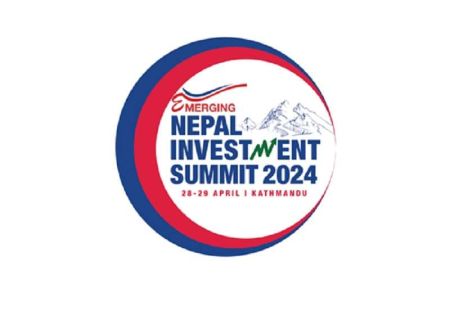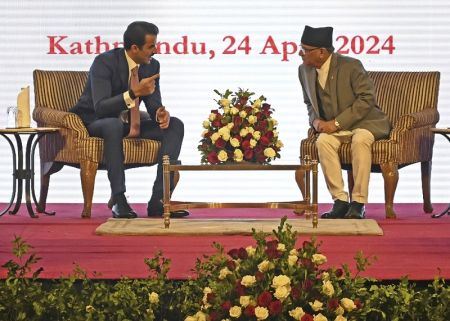Noodles have become a Nepali staple. With so many new brands in the market, competition for consumer loyalty is fierce. The first homegrown manufacturer, in the early eighties, was Gandaki Noodles of Pokhara, which introduced Rara (named after a mountain lake). Then, around 1985, Wai Wai, manufactured by the Chaudhary group, entered the market with a brown, spicy, precooked noodle, which became an instant crowd pleaser in the urban centers. Along with this another brand RumPum appeared the market in late 90s.
In the past few years many players have entered the field, and today committed noodle fans can choose from a couple of dozen brands, manufactured by a dozen companies. Along with this, eating a noodle has been a culture among Nepalis and the business is doing well in the market as well. Here the question is—what makes noodle business sustainable among customers and in the market?
Entrepreneurs believe that powerful branding and quality of a product are two major factors that sustain a product. Noodle industries, too, are supportive to this fact. Every noodle industry, acknowledging this, involves itself in different branding strategies: be it a selection of catchy tags in a product or introducing different lucrative schemes or holding promotional campaigns directly targeting the potential consumers.
To attract consumers, RumPum had run various consumer schemes including the initial highly successful offer of putting a toffee along with each Rumpum. “We are very conscious about the brands. We have a very strong research department and an international quality lab to check our products regularly to uphold our standards,” shares Mahesh Jaju, Managing Director of Asian Thai Foods. Jaju adds, “Promotional campaigns play a vital role to gain favor of the consumers.”
With this increasing demand among cunsomers Rum Pum ran a massive media campaingn in late 90s targeting the 8-18 years children.
In the similar manner, Wai-Wai too adopted different branding policies to establish its products. GP Sah, Vice President, FMCG Division at Chaudhary Group admits that the initial days were not easy sailing. He says, “The branding process had to be robust and scientific. We needed to be prepared for new brands that may come in the market and start competing with us. Our campaign—Hami Sabaiko Wai Wai-- certainly helped us in this regard and made the branding process quite easy.”
Wai Wai also went through different other schemes as scholarship to children at schools and vitamin fortification in noodles. Wai wai focused more on making the noodle healthier by adding healthy ingredients such as vitamin.
Though other brands too did something similar—vitamin fortification as well as scholarships--but that of Wai Wai had a lasting effect. While other brands provided scholarship to the students in a lump sum onetime cash payment, Wai Wai paid the money to the schools of the scholarship recipients and started collecting their progress reports. “We provided the scholarship amount in installments at regular interval so that it can have a lasting effect in the educational career of students,” explains Sah.
These all show that a brand exists only through excessive branding. Noodles are great snack foods. Most the younger generation people have 10 rupees in their pocket.






















